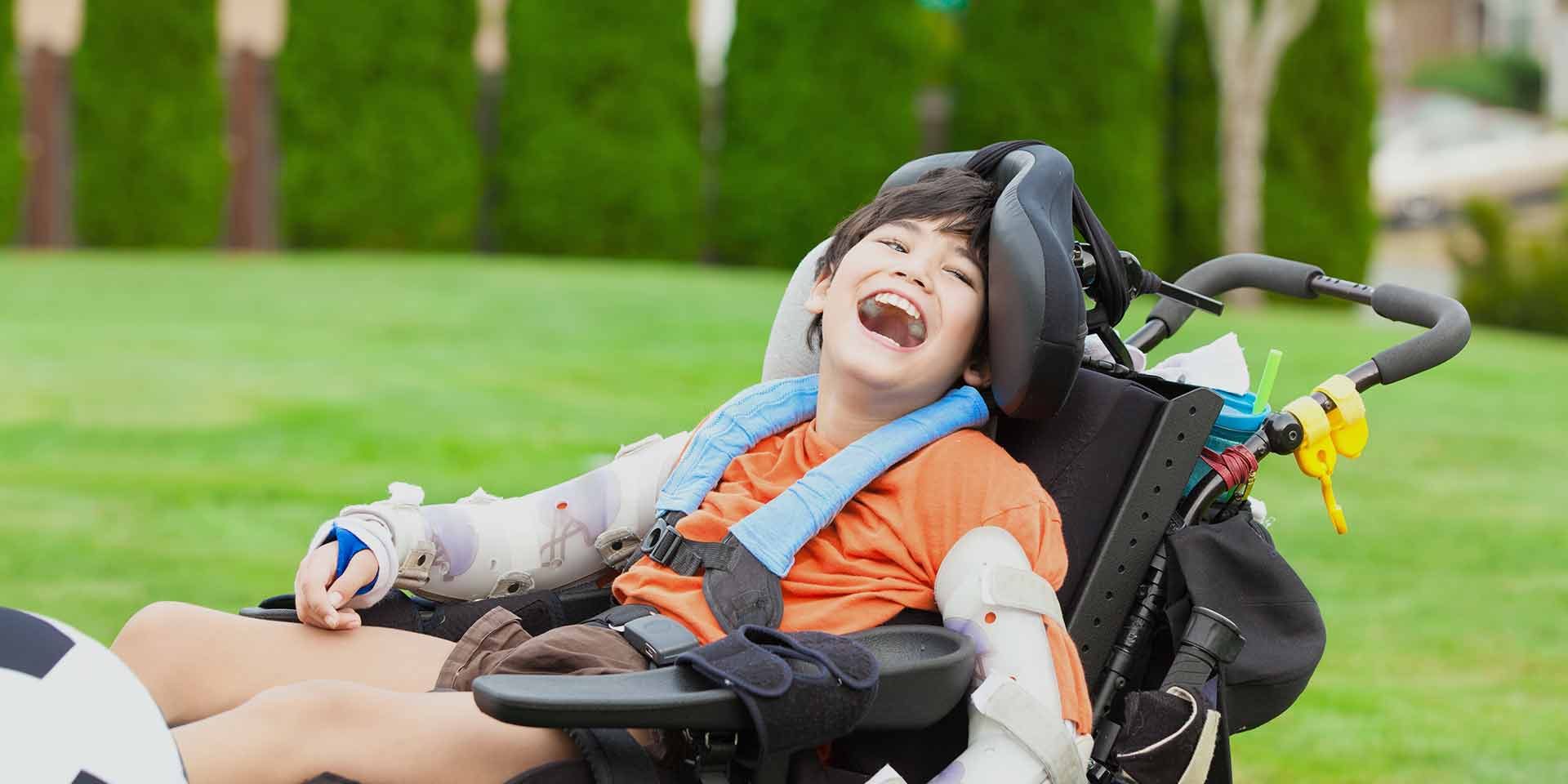Children with cerebral palsy do better with surgery. Multilevel musculoskeletal surgery can facilitate mobility in a high percentage of children with cerebral palsy, allowing greater control of posture and balance, and improving the way they walk and stand.
A surgical intervention in cases of cerebral palsy in children would imply that these patients would achieve greater autonomy and would also facilitate their care.
The main objective of this type of surgery is to ensure that the patient with cerebral palsy, despite their neurological limitations, can function better.
This surgery in which only the musculoskeletal system is worked on seeks skeletal or biomechanical perfection, it is performed by realigning the lower extremities, and in a single intervention up to 20 surgical acts can be combined, so it lasts between four and five hours. .
 Multilevel surgery is indicated in children between 10 and 14 years of age, and in 20 or 30% of cases it is not possible to perform it because they are patients with poor control of the neck, trunk and head. In addition, as the specialist points out, depending on the patient’s condition, a greater or lesser advance will be achieved. Thus, sometimes the objective to be met is for the affected person to be able to stand up or maintain his balance, and the wheelchair can be replaced by the walker, while in other cases he will be able to leave the walker and walk on his own.
Multilevel surgery is indicated in children between 10 and 14 years of age, and in 20 or 30% of cases it is not possible to perform it because they are patients with poor control of the neck, trunk and head. In addition, as the specialist points out, depending on the patient’s condition, a greater or lesser advance will be achieved. Thus, sometimes the objective to be met is for the affected person to be able to stand up or maintain his balance, and the wheelchair can be replaced by the walker, while in other cases he will be able to leave the walker and walk on his own.
It is also important to bear in mind that cerebral palsy is a disease that affects many areas and that its treatment requires a multidisciplinary medical team that includes trauma rehabilitation specialists and physiotherapists. After the surgical intervention, in addition, months of rehabilitation will follow for the patient, but the results achieved so far are very satisfactory for parents and patients.
Life expectancy for a child with cerebral palsy can be between 60 to 80 years with very rigorous treatment.








